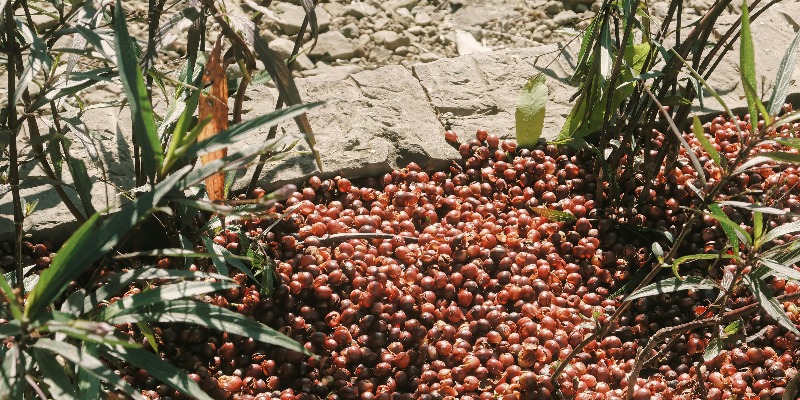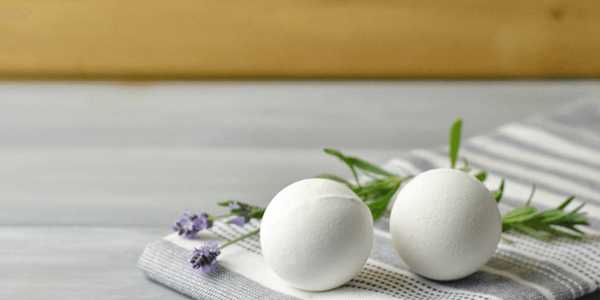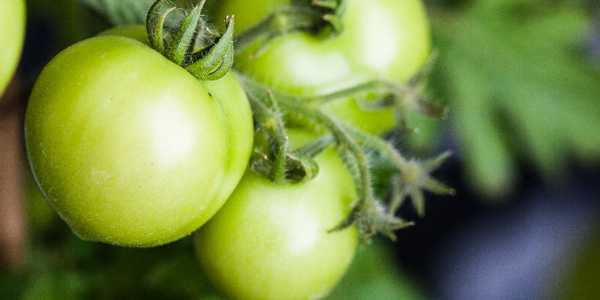How To Mulch Your Garden For Better Soil Health And Weed Control
As gardeners, new or seasoned, we all face the challenge of dealing with weeds. It is like a constant struggle to battle weeds or keep your garden soil healthy. Sometimes, we feel helpless in front of these problems. However, the solution to both these issues is one process. It is the secret weapon of Mulch.
Mulching is an effective way to retain moisture, suppress weeds, and improve soil health. It does all this while giving your garden a polished and well-maintained look. But not all Mulch is created equal. The Mulch can do more harm than good if you use or misapply the wrong type. So, how to mulch your garden for better soil health and weed control? Here are some tips.
What Is Mulching?
Mulching, made of organic or inorganic material, covers the soil with a protective layer. It improves soil health and prevents weed growth.
It acts as a barrier. The Mulch blocks sunlight from reaching weed seeds, keeps moisture in the soil, and regulates the temperature.
What Are The Benefits Of Mulching?
Suppresses Weeds – Mulching prevents weed seeds from sprouting.
Retains Moisture – It reduces the need for frequent watering.
Improves Soil Health – Organic mulches break down over time, adding nutrients.
Protects Roots – The Mulch can shield plants from extreme heat and cold.
Prevents Soil Erosion – It stops rain from washing away topsoil.

What Is The Right Mulch For Your Garden?
Mulch is divided into two main types. One is organic, made from materials that decompose over time, and the other is inorganic, made from materials that do not break down but still provide protection.
Here is a description of both types of Mulches.
Organic Mulches
They are best for soil health.
These break down over time. They improve the soil quality as they decompose:
Wood Chips & Bark Mulch – Great for pathways, trees, and shrubs.
Straw & Hay – Ideal for vegetable gardens, retaining moisture and preventing soil splashing.
Shredded Leaves – Free, abundant, and excellent for flower beds.
Grass Clippings – A nitrogen-rich mulch for garden beds (apply in thin layers to avoid rot).
Compost – Boosts nutrients while acting as a protective layer.
Best For: Flower beds, vegetable gardens, trees, shrubs.
Inorganic Mulches
These materials are best for weed control & low maintenance.
They do not break down but are helpful in specific settings:
Gravel & Pebbles – Perfect for xeriscaping (low-water landscapes).
Rubber Mulch – Long-lasting, suitable for playgrounds and pathways.
Plastic & Landscape Fabric – Strong weed control but can block water and air if misused.
Best For: Walkways, decorative areas, dry gardens.
How To Mulch Your Garden
Mulching may sound complicated, but it is easy. You need to ensure that it is done in the right way. Here’s a step-by-step guide to get it right:
Step 1: Prepare The Area
Pull existing weeds – You don't want to trap weeds under your Mulch.
Loosen the soil – This improves drainage and aeration.
Water the soil – Apply Mulch when moist, not dry.
Step 2: Apply The Right Amount
Mulch works best when applied at the right thickness:
2-3 inches for flower beds & vegetable gardens
3-4 inches for trees & shrubs
1-2 inches for finer mulches (like compost or grass clippings)
If you put too little Mulch, it won't suppress the weeds effectively.
Putting too much Mulch can suffocate plant roots. It leads to trapping the excess moisture.
Step 3: Keep Mulch Away From Stems & Trunks
Piling Mulch against plants can cause rot, pests, and disease. You should leave a 2-3 inch gap around stems and tree trunks.
Step 4: Refresh Mulch When Needed
Organic mulches break down over time, so you need to replenish them annually. Inorganic mulches last longer but may require occasional cleaning or repositioning.

Common Mulching Mistakes To Avoid
“Mulch Volcanoes” Around Trees
When you pile Mulch too high around tree trunks, it can trap moisture and cause rot.
Using Fresh Wood Chips In Garden Beds
They can deplete nitrogen from the soil. You should let them age before using them.
Not Mulching At All
Avoid exposing soil, leading to weeds, moisture loss, and erosion.
The Easy Way To a Thriving Garden
Mulching is a straightforward and effective way to improve your garden. Adding a protective layer to your flower beds or garden area can solve many problems, and enjoy the benefits in the long run. From protecting your plants to enriching your soil and keeping weeds at bay, the right Mulch will save you time, water, and effort.
So now that you know how to mulch your garden for better soil health and weed control, grab a bag or rake up some leaves and give it the mulch makeover it deserves!





